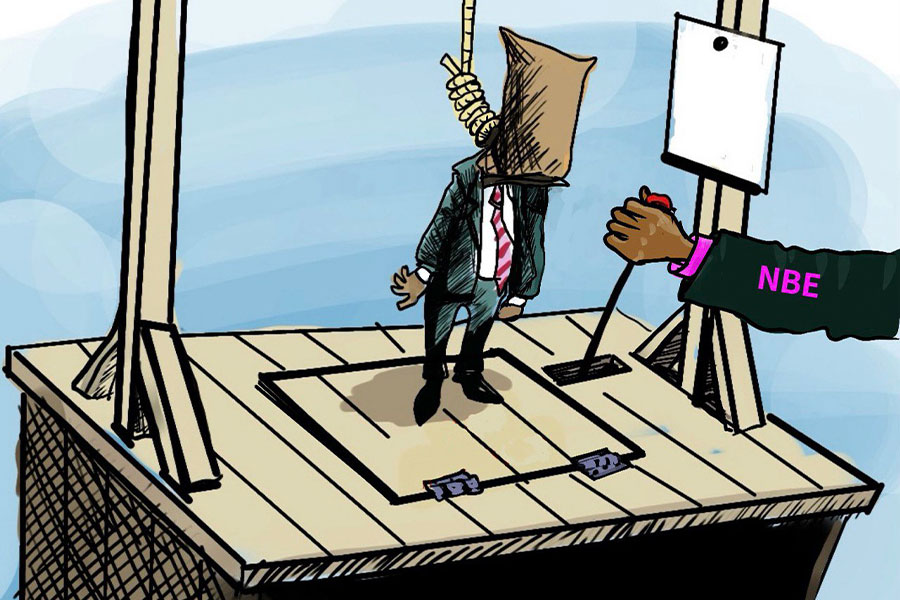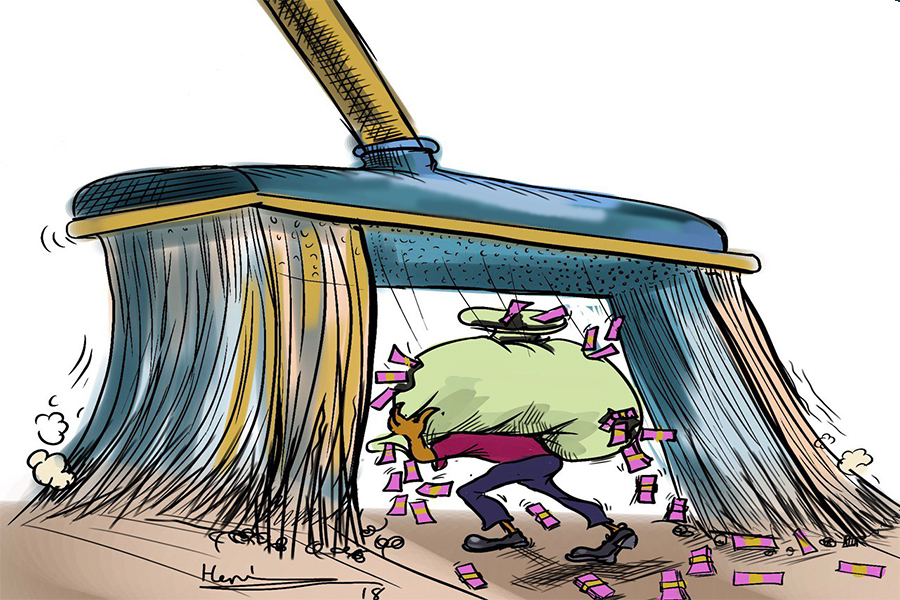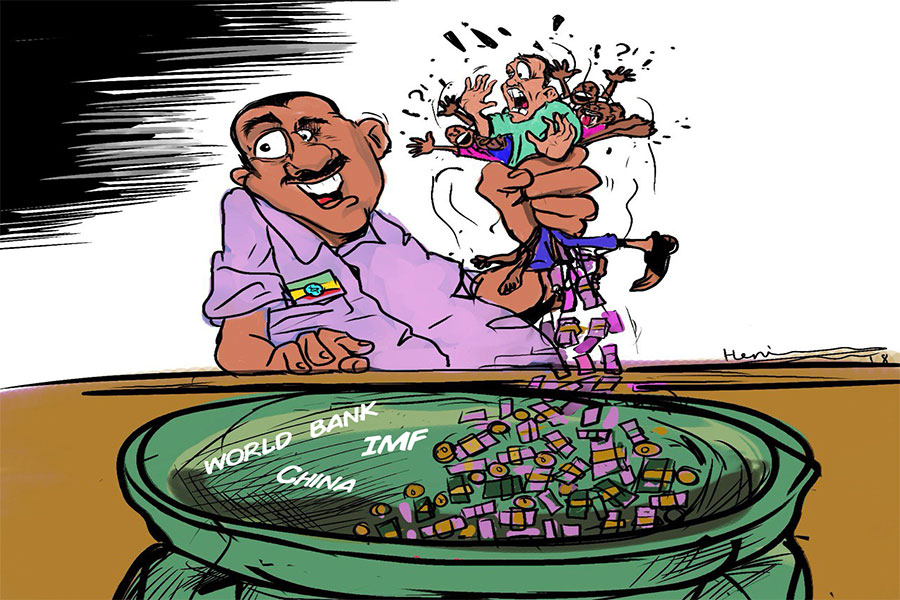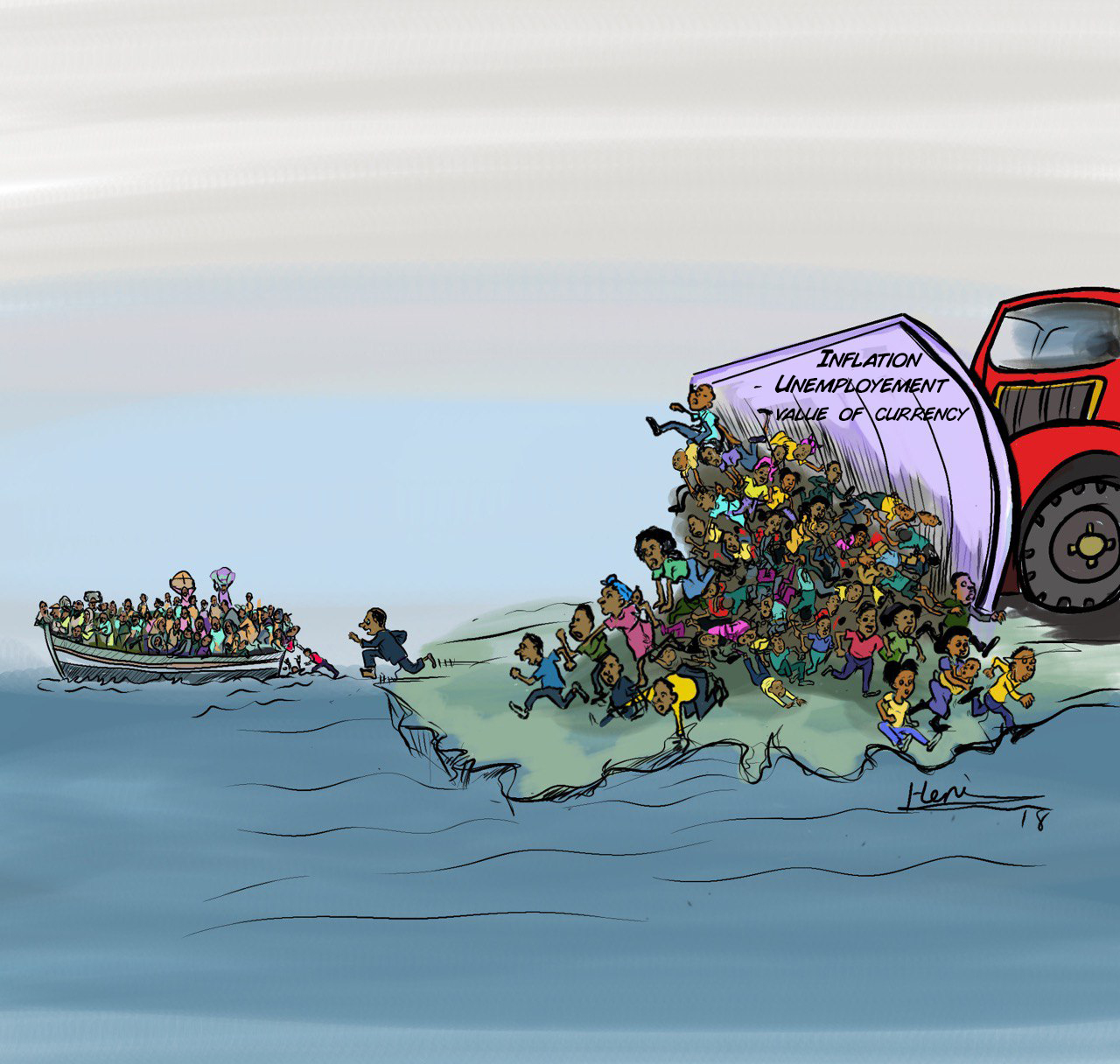
Photo Gallery | 180420 Views | May 06,2019
Jul 13 , 2025.
Mustafe M. Omar, president of the Somali Regional State, told BBC Amharic that governing looks far different from inside the political leadership than it does from the sidelines, under "regular political discourse."
PUBLISHED ON
Jul 13,2025 [ VOL
26 , NO
1315]

Photo Gallery | 180420 Views | May 06,2019

Photo Gallery | 170621 Views | Apr 26,2019

Photo Gallery | 161667 Views | Oct 06,2021

My Opinion | 137279 Views | Aug 14,2021

Nov 1 , 2025
The National Bank of Ethiopia (NBE) issued a statement two weeks ago that appeared to...

Oct 25 , 2025
The regulatory machinery is on overdrive. In only two years, no fewer than 35 new pro...

Oct 18 , 2025
The political establishment, notably the ruling party and its top brass, has become p...

Oct 11 , 2025
Ladislas Farago, a roving Associated Press (AP) correspondent, arrived in Ethiopia in...